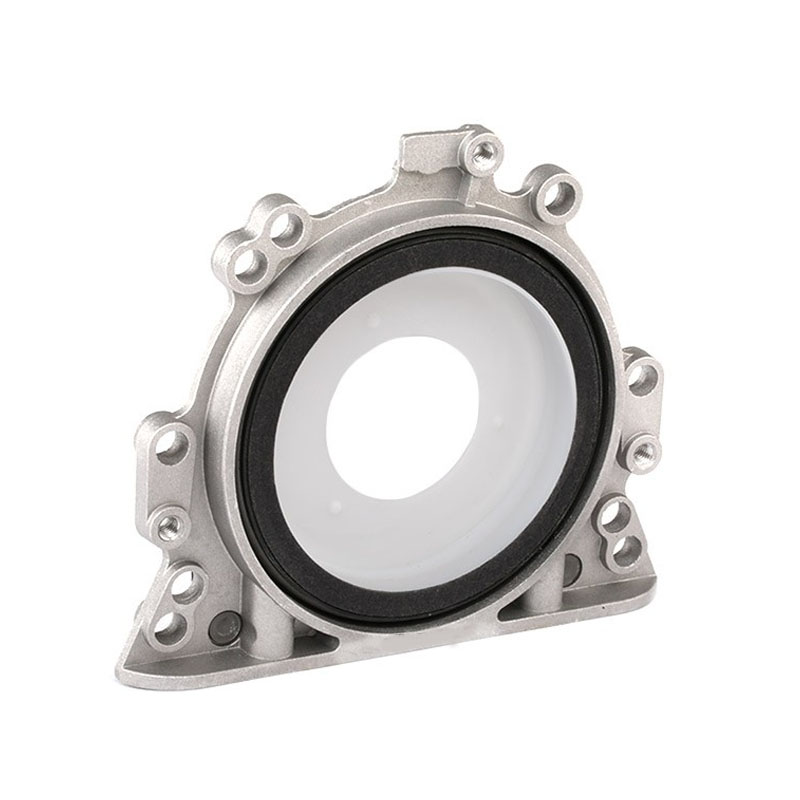Flat Face Flange Gasket - High-Quality Sealing Solutions
Understanding Flat Face Flange Gaskets Essential Components for Industrial Applications
Flat face flange gaskets play a crucial role in various industrial applications, particularly in systems involving piping and pressure vessels. These gaskets are designed to provide a tight seal between two flat surfaces, preventing leaks and ensuring the safe and efficient operation of equipment. In this article, we will explore the characteristics, materials, types, and applications of flat face flange gaskets.
Characteristics of Flat Face Flange Gaskets
Flat face flange gaskets are characterized by their flat surface, which aligns perfectly with the flat face of the flanges they join. This design allows for an even distribution of stress across the gasket surface, reducing the likelihood of deformation and leakage. Unlike raised face gaskets, flat face gaskets are often used in applications where the flanges are of the same dimension, ensuring a stable and secure seal.
The sealing efficiency of these gaskets relies on the compressibility of the material from which they are made, allowing them to fill any minor imperfections or irregularities on the flange surfaces. Furthermore, flat face flanges are commonly employed in systems where the flanges are constructed from softer materials like cast iron or aluminum, as they are more vulnerable to damage from uneven forces.
Materials Used in Flat Face Flange Gaskets
The materials used to manufacture flat face flange gaskets can vary significantly, depending on the application’s requirements, operating temperatures, and pressure conditions. Common materials include
1. Rubber Rubber gaskets are popular due to their excellent flexibility and ability to create a tight seal. They are often used in low-pressure applications and can withstand various chemicals. 2. PTFE (Polytetrafluoroethylene) PTFE gaskets are chemically resistant and can handle a wide range of temperatures. They are ideal for corrosive environments, making them suitable for industries such as pharmaceuticals and chemicals.
3. Composites Composite gaskets, often made from a blend of materials, provide durability and resilience in challenging conditions. They are versatile and can be found in many industrial applications.
flat face flange gasket

4. Metal Metal gaskets or gaskets with metallic reinforcements offer high strength and are suitable for high-pressure applications. They are usually found in power generation and oil and gas industries.
Applications of Flat Face Flange Gaskets
Flat face flange gaskets are utilized in various sectors, including
- Oil and Gas These gaskets are critical for connections in pipelines, ensuring leak-free operation under high pressure and fluctuating temperatures.
- Chemical Processing With the ability to withstand aggressive chemicals, flat face gaskets are essential in reactors, tanks, and separators.
- Water Treatment In water treatment facilities, flat face gaskets help maintain seals in pipelines and various treatment units.
- Power Generation Power plants rely on these gaskets for steam and water-only systems to prevent leaks and maintain system integrity.
In conclusion, flat face flange gaskets are essential components in many industrial applications, providing reliable sealing solutions that enhance the safety and efficiency of various systems. With a wide range of materials and applications, these gaskets are designed to meet the demanding needs of modern industry, making them a critical consideration for engineers and maintenance professionals alike. Proper selection and installation of flat face flange gaskets can prevent costly leaks and unscheduled downtime, ensuring smooth operation across various sectors.
-
Understanding the Front Main Engine Seal: Purpose, Maintenance, and Installation
News Jul.29,2025
-
Understanding O-Rings and Seal Rings: Types, Applications, and Custom Solutions
News Jul.29,2025
-
Understanding Crankshaft Oil Seals: Rear Seals, Pulley Seals, and Their Role in Engine Integrity
News Jul.29,2025
-
The Importance of Front and Rear Crankshaft Seals in Engine Performance and Oil Management
News Jul.29,2025
-
Crank Oil Seals: Functions, Types, and Cost Considerations in Engine Maintenance
News Jul.29,2025
-
A Comprehensive Guide to O-Rings and Seals: Types, Materials, and Global Applications
News Jul.29,2025
-
Mastering Diesel and Performance Engine Maintenance: A Guide to Critical Oil Gaskets
News Jul.28,2025
Products categories















